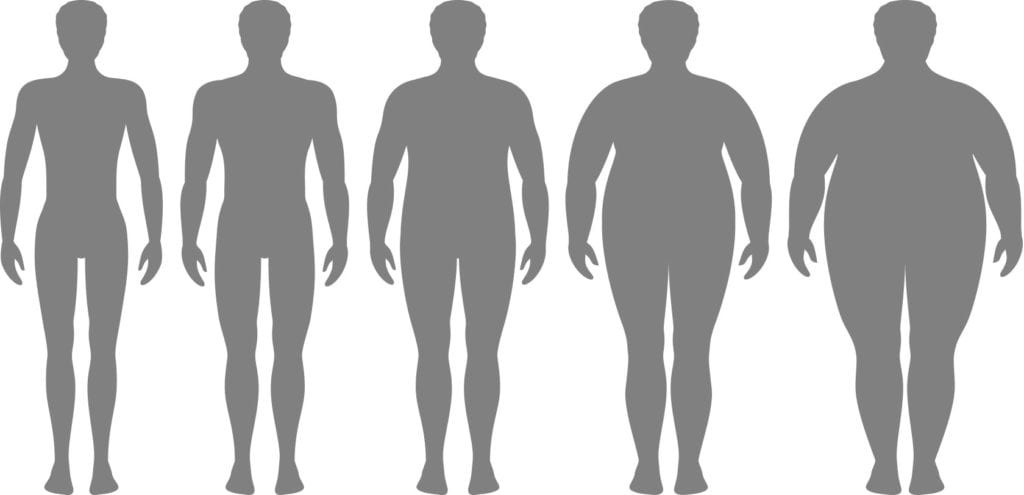
Obesity is the second most significant risk factor of cancer, according to the AICR, and accounts for roughly 7 percent of all cancer deaths. That is particularly alarming since the prevalence of obesity in this country is now roughly 40 percent and is more common in blacks and Hispanics.
Fat is typically viewed as merely unwanted or unsightly additional poundage, but actually, it is linked to 13 different cancers. That’s largely because fat produces estrogen, which when in excess, can increase the risk of uterine, breast and ovarian cancers, especially in post-menopausal women.
Chronic low-level inflammation may be another factor. For instance, chronic inflammation of the gallstones, which is common in obese people, can eventually cause damage to DNA and result in gallbladder cancer.
But how do you measure obesity? The following explains the most common tests that are easily performed.
BMI (body mass index):
Obesity is measured by the Body Mass Index, or BMI, a correlation of height and weight.
Weight in pounds ÷ (Height in inches x Height in inches) x 703
BMI results:
18.5 – 24.9 / Healthy
25 – 29.9 / Overweight
30 or more / Obese
Waist size:
Extra fat around the waist may increase the risk of colorectal cancer. Desired measurements are:
Women: 35 inches or less
Men: 40 inches or less
Waist to hip ratio:
Waist to hip ratio measures how much fat is stored on your waist, hips and buttocks. Centrally located fat is associated with a higher incidence of breast and prostate cancers.
Women: <.80
Men: <.90
How to determine your waist to hip ratio:
- Stand up straight and breathe out. Use a tape measure to check the distance around the smallest part of your waist, just above your belly button. This is your waist circumference.
- Measure the distance around the largest part of your hips — the widest part of your buttocks. This is your hip circumference.
- Divide your waist circumference by your hip circumference.







